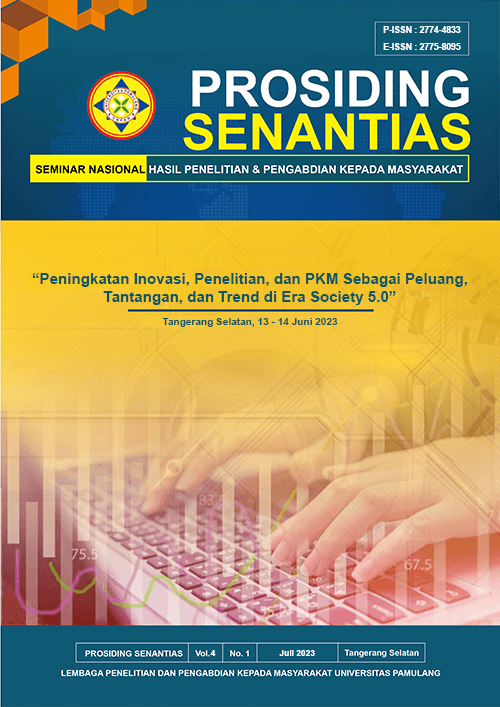THE USE OF GRAPHIC NOVELS AS LITERARY TEXT IN LITERATURE CLASS
Abstract
Learning requires text as material for teaching. In literature class, literary text play important roles as the material to deliver the lessons. Many literature classes use common literary texts such as short story, novel, poems, or drama script as the material but nowadays graphic novel provides alternative material for teaching literature. Graphic novel is a type of contemporary novel that uses graphic elements in its narrative storytelling. The use of graphic novels in teaching and literary analysis has begun to be widely used in the classroom; therefore, the aim of this study is to portray the use of graphic novels in literature classes. This study focused on how students accept graphic novels use as material in literary classes. Qualitative study was used in this study and data were gathered from students by using questionnaires. Data were taken from 7th semester students English Department, Faculty of Letters - Universitas Pamulang and were analyzed descriptively. The result of this study showed that students accept the use of graphic novels and help to get a better understanding of the use of the graphic novel as material for literature classes.
Keywords : Graphic novels; literary text; literary material; literature learning; students’ acceptanceReferences
Agee, Jane. (1998). How Experienced English Teachers Assess the Effectiveness of their Literature Instructions. Center on English Learning and Achievement [CELA – Online] Available at http://cela.albany.edu/self-assess/index.html
Cobine, Gary R. (1996). Teaching Expressive Writing. ERIC Digest [Online]. Available at http://ed.gov/databases/ERIC_Digests/ed396338.html
Collie, J. and S. Slater. (1990). Literature in the Language Classroom: A Resource Book of Ideas and Activities. Cambridge: Cambridge University Press
Descombe, Martyn. (1998). The Good Research Guide. Buckingham: Open University Press
DiYanni, Robert. (2001). Reading Fiction, Poetry, and Drama. New York: McGraw-Hill Companies Fenton, James. (2002). An Introduction to English Poetry. England: Penguin Books Hismanoglu, Murat. (2012). Teaching English through Literature.JILS.ORG [Online] Avalaible at http://www.jlls.org/Issues/Volume1/No.1/murathismanoglu.pdf Langer, Judith A. (1991). Literary Understanding and Literature Instruction. Center on English Learning and Achievement [CELA – Online]. Available at http://cela.albany.edu/
Maley, A. (1989). “Down from the Pedestal: Literature as Resource†in Literature and the Learner: Methodological Approaches. Cambridge: Modern English Publications
Many & Wiseman in Newell, George E. (1996). Reader-based and Teacher-centered Instructional Tasks. Journal of Literacy Research Volume 28, No.1, page 147- 172
Marshall, James. (2000). Research on Response to Literature. In Handbook of Reading Research Volume III. Page 381-402. New Jersey: Lawrence Erlbaum Associates
Murdibjono, Arwijati W. (1997). Teaching English to Young Learners Using Stories. E Sadtono, editor. The Development of TEFL in Indonesia. Malang: IKIP Malang
Purves, Alan C., Rogers, Theresa and Soter, Anna O. (1990). How Porcupines Make Love II: Teaching A Response-Centered Literature Curriculum. New York: Longman
Rosenblatt, Louise M. in Probst, Robert E. (1990). Literature as Exploration and The Classroom. Edited by Farrell, E.J. and J.R. Squire. Transaction with Literature: A Fifty Years Perspectives. Urbana, IL: NCTE
Spiegel, Dixie Lee. (1998). Reader Response Approaches and Growth of Readers.
Language Arts. Vol. 76, No. 1 (September 1998)






